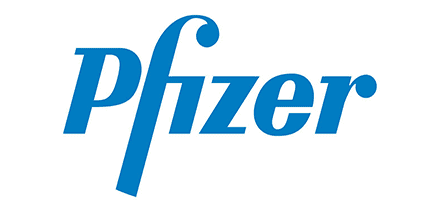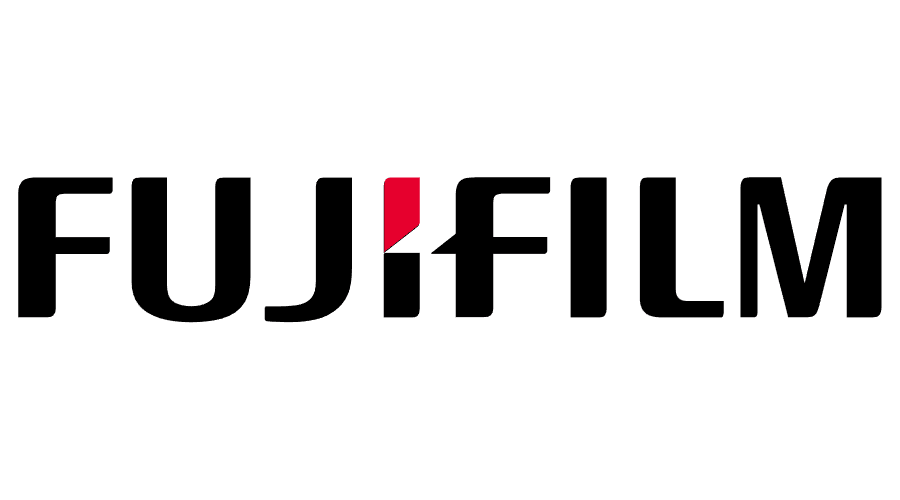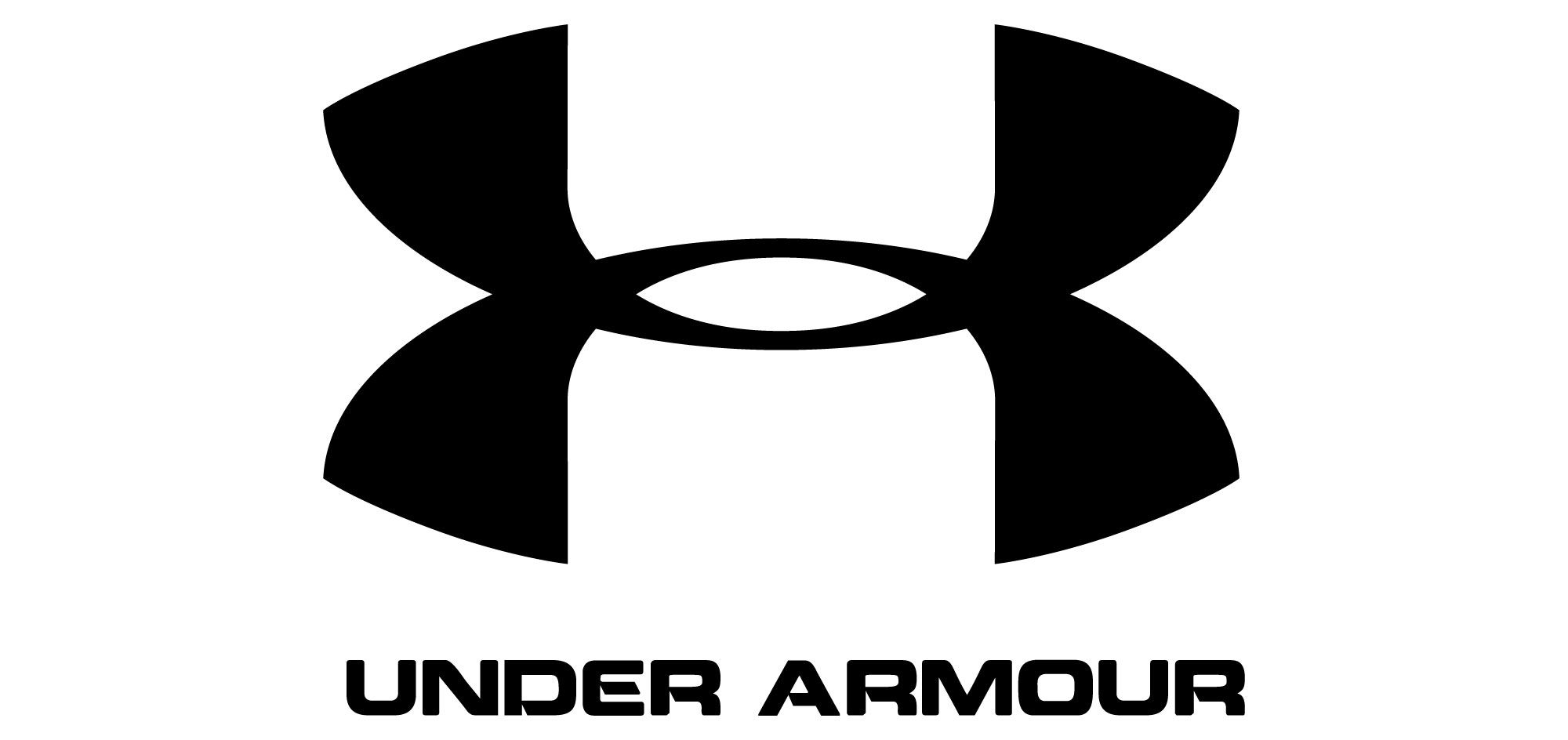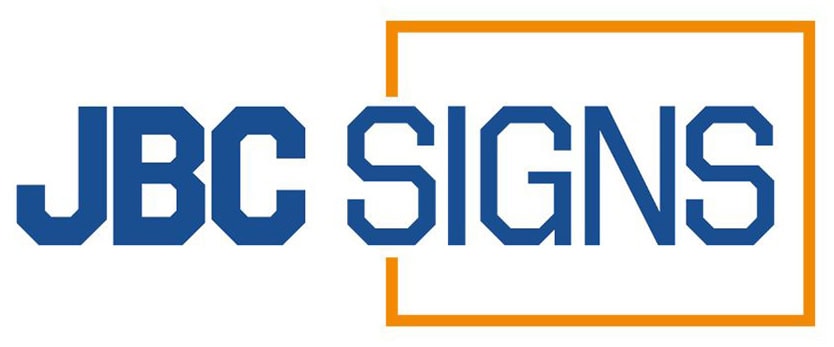Key Takeaways
- Acrylic signage offers superior UV resistance, ensuring long-term performance outdoors.
- Acrylic signage & displays are more impact-resistant and less likely to crack or scratch compared to PVC.
- Acrylic signage performs better in extreme weather conditions, such as rain, snow, and humidity.
- PVC signage is more affordable but less durable than acrylic, making it more suitable for short-term or indoor use.
- For businesses seeking long-lasting, high-performance signage, acrylic signage is the better choice for outdoor applications.
When it comes to choosing the right material for outdoor acrylic signage & displays, two of the most popular options are acrylic and PVC. Both materials offer different advantages depending on the environment and usage, but how do they compare in terms of longevity, especially for outdoor applications? If you're wondering whether an acrylic wall sign or a PVC sign holder will stand the test of time, this article will help you make an informed decision.
However, Acrylic vs. PVC Signage and Which One Lasts Longer Outdoors has the following key points:
- What is Acrylic
- What is PVC
- Durability of Acrylic Signage vs. PVC Signage Outdoors
- Maintenance and Care for Acrylic vs. PVC Signage
In this article, we will explore the differences between acrylic signage and PVC signage, focusing on their durability, maintenance, and overall suitability for outdoor use. By the end, you will have a clear understanding of which material will best meet your needs for long-lasting signage.
What is Acrylic?
Before diving into the comparison, it’s important to understand what is acrylic and why it’s often chosen for acrylic signage & displays. Acrylic (also known as PMMA, Polymethyl Methacrylate) is a transparent plastic that is lightweight, durable, and known for its exceptional clarity. It is commonly used in a variety of applications, from acrylic wall signs to 4x6 acrylic sign holders, because of its resistance to UV rays, which helps prevent yellowing over time.
One of the key benefits of acrylic signage is its aesthetic appeal. It offers a clean, modern look that is visually striking and professional. Acrylic is also highly impact-resistant, making it a good choice for areas where signs may be subject to physical wear and tear.
What is PVC?
Polyvinyl chloride (PVC) is another popular material for signage. It’s a lightweight, rigid plastic that is often used in outdoor signage & displays. PVC is cheaper than acrylic and offers good weather resistance, but its overall performance outdoors may not be as long-lasting as acrylic signage.
PVC is typically used for budget-friendly signage, and it can be found in many outdoor applications, such as banners, signs, real estate displays, and tabletop sign holders. While PVC signage is durable and resistant to many environmental elements, it may not have the same level of clarity or long-term performance as acrylic when exposed to UV rays and weathering.
Durability of Acrylic Signage vs. PVC Signage Outdoors
When comparing acrylic signage to PVC for outdoor use, it’s essential to understand how both materials perform under different conditions. Here's a breakdown of the durability of both materials for outdoor signage.
1. Resistance to UV Damage
Acrylic signage is known for its excellent resistance to UV rays, which is one of the reasons why it’s so popular for outdoor applications. UV rays can cause discoloration, fading, and brittleness in many materials, but acrylic signage holds up exceptionally well. Acrylic is specifically engineered to resist yellowing or clouding when exposed to sunlight, which means that your acrylic wall sign will remain clear and vibrant for much longer compared to PVC.
On the other hand, PVC signage is more prone to UV degradation over time. Although PVC has some UV resistance, it doesn’t perform as well as acrylic in this area. PVC signage may start to yellow, warp, or lose its structural integrity after prolonged exposure to the sun. This makes acrylic signage a superior choice for businesses that need long-lasting, UV-resistant signs for outdoor use.
2. Impact Resistance
Both acrylic signage and PVC offer some level of impact resistance, but acrylic is generally stronger and more durable when it comes to physical impacts. Acrylic can withstand moderate impact without cracking or breaking, which is particularly useful for 4x6 acrylic sign holders and other signage that may be exposed to physical contact.
PVC signage, while still durable, is more likely to crack or chip under stress or impact. PVC tends to be more brittle and may not hold up as well in areas that experience heavy foot traffic or environmental stress.
3. Weather Resistance
Both materials are relatively weather-resistant, but their long-term performance can vary. Acrylic signage is highly resistant to rain, snow, and humidity. The material doesn’t absorb water, and it doesn’t swell or warp over time. PVC signage, however, can expand and contract with changes in temperature and humidity. This can lead to warping or deformation over time, especially in regions that experience extreme weather.
When it comes to outdoor signage, acrylic signage generally outperforms PVC in terms of overall weather resistance, maintaining its integrity and appearance in a variety of conditions.
Maintenance and Care for Acrylic vs. PVC Signage
Maintenance is a critical consideration when choosing materials for outdoor signage & displays. Here’s how both materials compare in terms of upkeep:
1. Acrylic Signage Maintenance
- Cleaning: Acrylic is easy to clean and maintain. Use a microfiber cloth and a mild, non-abrasive cleaner to keep your acrylic signage looking new.
- Scratch Resistance: Acrylic can be scratched, but the surface is relatively easy to polish. With proper care, your acrylic signage & displays can maintain a clear, polished appearance for years.
- Protective Coatings: Many acrylic signage products come with UV-resistant coatings that can further enhance their longevity outdoors.
2. PVC Signage Maintenance
- Cleaning: PVC is also easy to clean but may not have the same clarity as acrylic. It can accumulate dirt and grime more quickly, making it look older sooner.
- Scratch Resistance: PVC is more prone to scratching compared to acrylic. While it’s still durable, scratches on PVC signage can be more noticeable and harder to remove.
- Color Fading: Over time, PVC can start to fade or discolor, especially in outdoor environments with exposure to UV rays.
How Does Acrylic Signage Compare to PVC Signage in Durability?
In terms of durability, acrylic signage is generally the better option for outdoor use. Acrylic outperforms PVC in several key areas:
- UV resistance: Acrylic offers superior protection against UV rays, preventing yellowing or fading over time.
- Impact resistance: Acrylic is stronger and less likely to crack under impact compared to PVC.
- Weather resistance: Acrylic is more resistant to environmental factors such as rain, snow, and humidity, maintaining its structural integrity in harsh weather conditions.
If your primary concern is long-term durability and the ability to withstand outdoor conditions, acrylic signage is the better choice.
Choose Acrylic Signage for Long-Lasting Outdoor Display Solutions
When it comes to choosing between acrylic signage and PVC for outdoor use, acrylic signage & displays offer superior durability, UV resistance, and weather performance. While PVC signage may be more affordable initially, it doesn’t stand up to the rigors of outdoor environments as well as acrylic does.
If you’re looking for a long-lasting, professional solution for your outdoor signage needs, acrylic signage is the way to go. Whether you need an acrylic wall sign, a 4x6 acrylic sign holder, or a large-scale outdoor display, acrylic provides the durability and clarity needed to make a lasting impression.
At Display and Holders, we specialize in providing high-quality acrylic signage that stands the test of time. Browse our selection of outdoor-friendly acrylic display cases and signage solutions today!














